The poison parsnip is starting to bloom on roadsides, and, being one of those plants I get asked about (and emailed about), I thought I’d fill you in on the nastiness.
Poison parsnip, Pastinaca sativa, is actually Parsnip, the root vegetable. As a vegetable, it was popular in colonial times, as it matures under a very short season, and tastes best after the cold set in. Potatoes became more popular, and parsnip escaped cultivation, and has plagued us since. Related to carrots, they haunted my childhood, not only for an ingredient in pot roast, but an unfortunate nickname through grade school. I bet I would like them now, but I just can’t bring myself to try them.
The poison comes from a chemical in the plant sap called psoralen, which reacts with the human skin to cause (ready for this?) phytophotodermatitis. In a nutshell, the sap reacts with UV sunlight, and causes mild to in some cases quite severe burns. I’ll speak from experience here-a mild case can cause red skin, like a steam burn from your tea kettle. I had full second degree burns on all exposed parts of my legs one year, blisters from shorts to socks. Oh yeah, I was just a poster child for horticulture that summer. The blisters healed after a couple of weeks, but the dark reddish brown blotches stayed for the better part of a year.
The sap is not an oil, unlike poison ivy, so it won’t linger on your clothes, pets, lawn mowers, etc. Being phytotoxic, one must come in contact with the sap in the sun in order to get the burn. When dealing with parsnip, I pick cloudy or even rainy days. It is also safe to brush up against, unlike poison ivy, as the plant does not seem to exude sap from unbroken leaves or stems.
The plant is a biennial-a rosette of leaves the first year, and flower stalks the second. (Parsnip in the store is a one year root). I find this makes eradication a little difficult. Biennials are hell-bent on flowering in their second year-if they don’t, what’s the point to life? So cut down too early, and they form many smaller flowers, and therefore more seeds, than left untouched. The best time to mow seems to be right after they flower, but before they have set seed, like you can fool mother nature that way. Unfortunately, roadside mowing seems to coincide with an earlier mowing, followed by a later mowing spreading the ripe seeds around.
It thrives on roadsides, and other poor growing locations, because the rosettes in the first year are poor competitors, and can’t keep up with a healthy stand of vegetation, such as grass. This is actually the best control method, growing better plants to choke out the parsnip. Other control methods go all medieval, by digging, ripping, pulling,repeated mowing, or just plain cursing the plant out of exisitence. Seeds of parsnip are viable in the soil for up to four years, so vigilance is required. A little herbicide does wonders, if you are so inclined.
Wild parsnip can be found on parts of campus, but not on campus proper. It is along the road down by the recycle center, in such a large patch to make control nearly impossible. Thanks to a timely email from Peter Ryan, there is none in the no-mow zones. His eyes are better than mine. If anyone else in blog-land sees a single plant or two creeping up on campus, let us know. Here’s some pictures taken today along Bi-Hall Road of a couple of plants I found. It’s best to recognize your enemy.
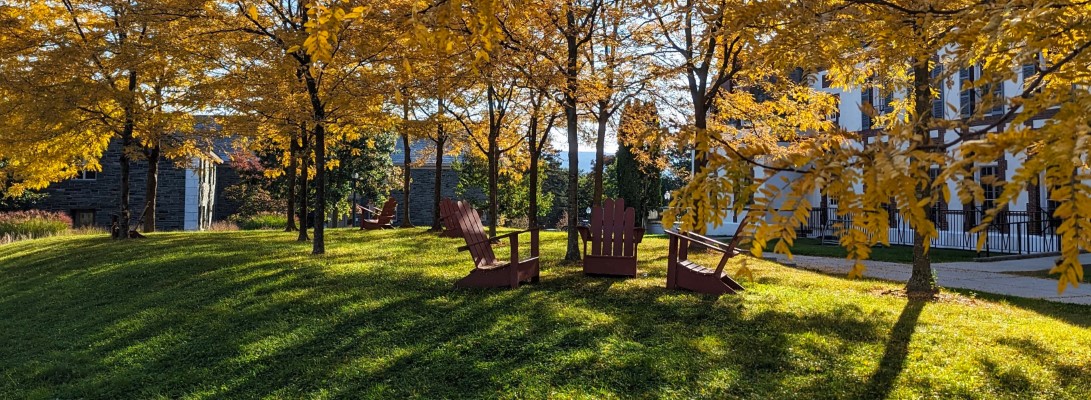
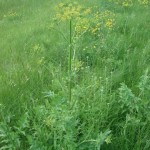
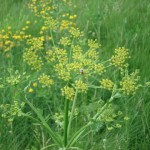
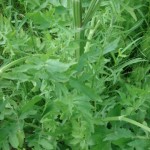
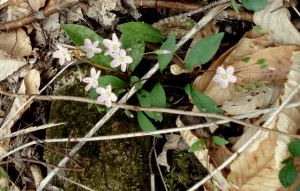
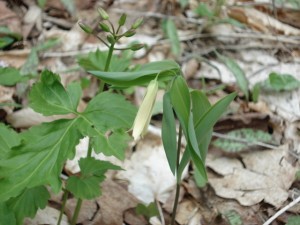
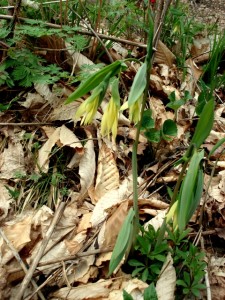
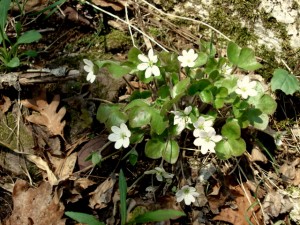
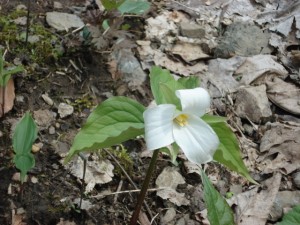
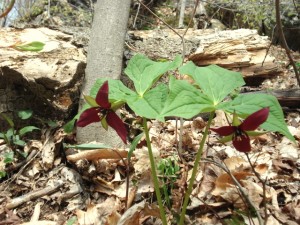
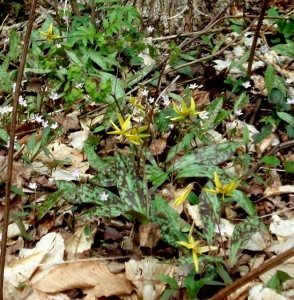
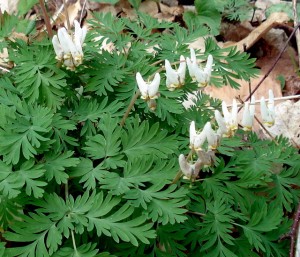
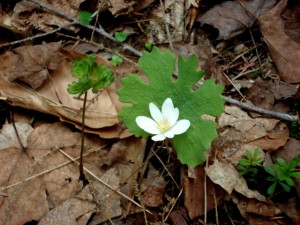
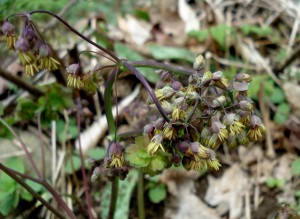
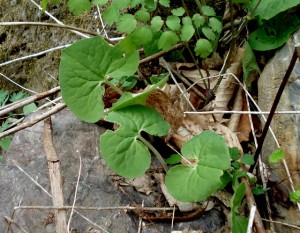
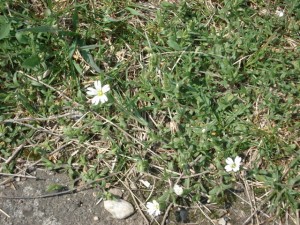
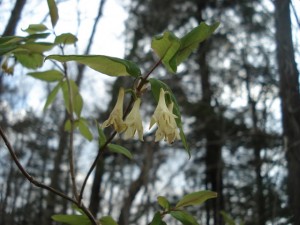
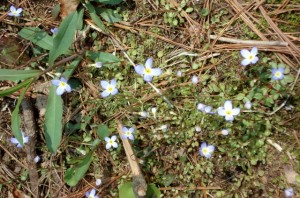
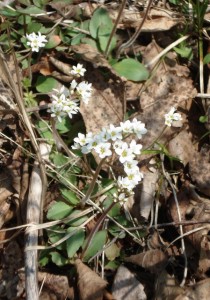
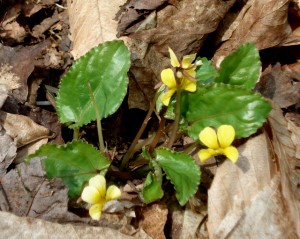
You must be logged in to post a comment.